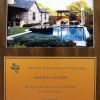Anchor & Focal Plants are Key to a Successful Landscape Design
February 3, 2015 | By webadmin
Whether you hire a professional to design and install your landscape, or you DIY the job, it’s important to understand some of the fundamental basics of good landscape design. Not only do you need to consider the space, but also the seasons. So often, homeowners make the mistake of planning their landscape solely for the spring and summer season, only to be left with a barren scene come fall and winter. Another mistake is planting too many plants of the same size, shape and color, which leads to a pretty boring landscape!
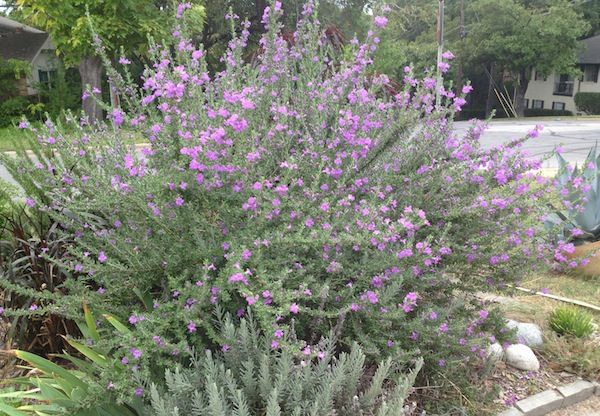
Texas Sage ‘Rio Bravo’ Blooms with each rain! With its silver foliage and abundance of lavender blooms, Texas sage makes both an excellent anchor or focal plant in large landscape beds.
Right plant, right place is one of our mantras as designers. Anchor and focal plants are key elements of a successful landscape design. Choosing the right anchor plants can make all the difference in your design. Anchor and focal plants are typically medium to large shrubs and trees. These specimens serve both as focal points in the landscape and anchors for large foundation or island beds. Anchor plants are used to create a theme that runs throughout the design. They provide unity and repetition that creates continuity. A good focal plant is one that offers a unique shape, color or texture that contrasts with surrounding plants. Focal plants are used to attract attention to a certain part, or parts, of the landscape.
Crape Myrtles make the perfect focal plants. Their vase-like shape, beautiful bark and summer blooms are a showstopper. Choose a size that makes sense in your space. They can grow from miniature size of three-feet up to 40-feet tall!
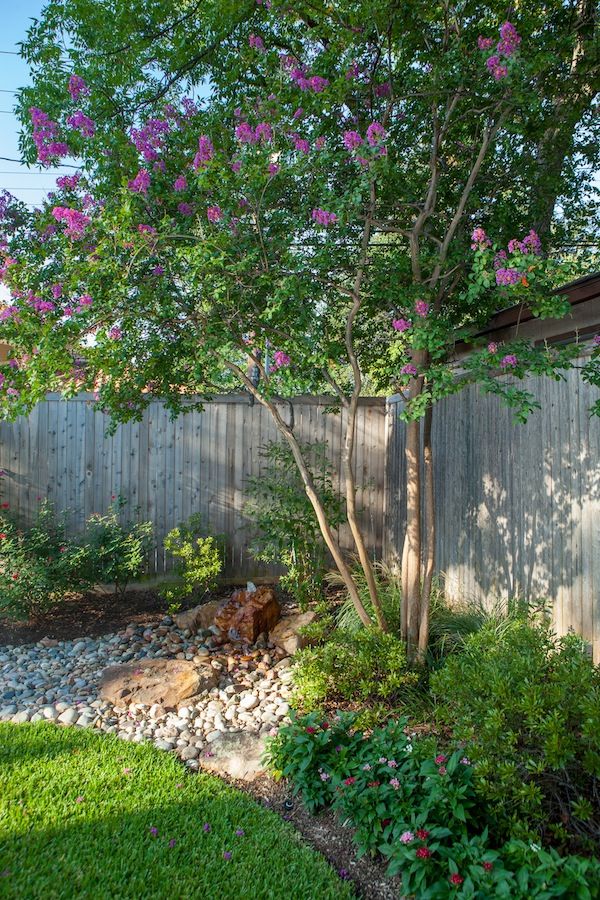
When you’re choosing anchor and focal plants, there are a few important rules to follow:
Don’t over-do it: Too many focal points can result in...well...a lack of focus! Planting too many special features plants will mean that they won’t stand out as effectively in the design.
Contrast: Make sure your anchor plants and focal plants provide foliage contrast to the surrounding plant material; or else everything will just blend together. Silver-foliage plants often make excellent anchor plants. Differing leaf shapes, berries and fall color are other contrasting features to consider.
Evergreen or not? It’s important to include enough evergreen anchor and focal plants that you’re not left with a barren landscape come winter. However, some plants are also striking sculptural features after they drop all of their leaves. Crapemyrtles and coral bark maples are good examples.
Can you see them? There’s no sense in carefully selecting or placing key focal and anchor plants if you never get to see them! Use natural sight lines from your home and key locations in the garden to chose good planting spaces for focal plants.
Camouflage: Strategically placed focal plants can help draw attention away from less-attractive elements in the landscape.
Yuccas and agaves are wonderful evergreen anchor plants. We only use varieties that are winter hardy. These plants are great in landscapes that use less water. Repeating them through your landscape beds will provide you striking evergreen anchors throughout your design, or create an eye-catching focal point.
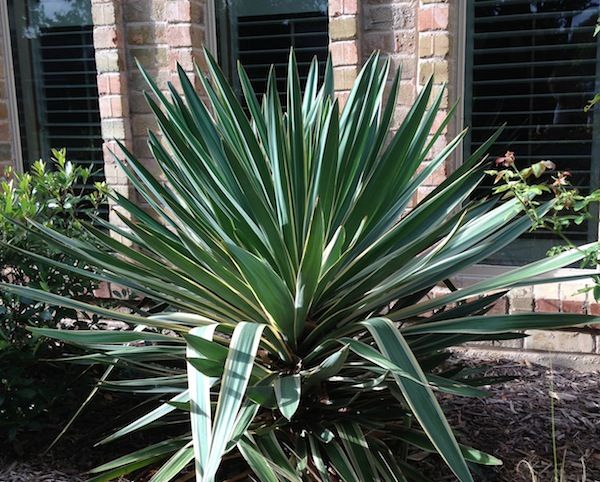
Variegated yucca is beautiful, has a soft appearance and is Texas tough!
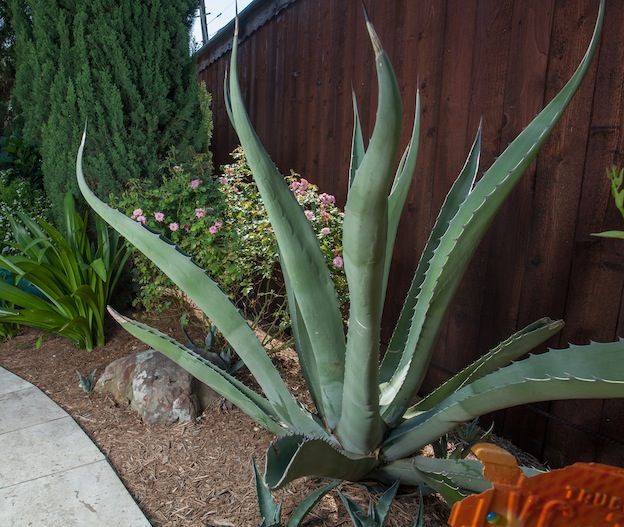
Agaves are living sculpture in the landscape.
Take note that it’s not only plants that can be focal points or anchoring elements in your landscape design. Special hardscape features can also bring life to an otherwise boring space. Fountains, sculpture, arbors and colorful pottery are all hardscape elements that act as key focal points.
Design Tip: Hardscape features such as swales of stone or fountains are also excellent anchor elements.
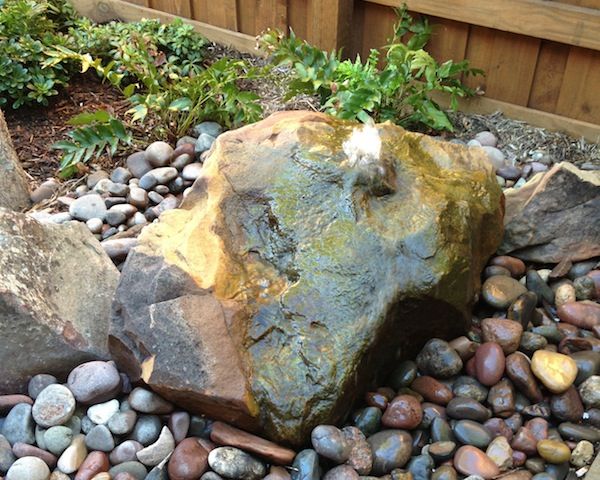
Is your landscape lacking balance? Give us a call and we can refresh for your existing space or create a whole new design.
